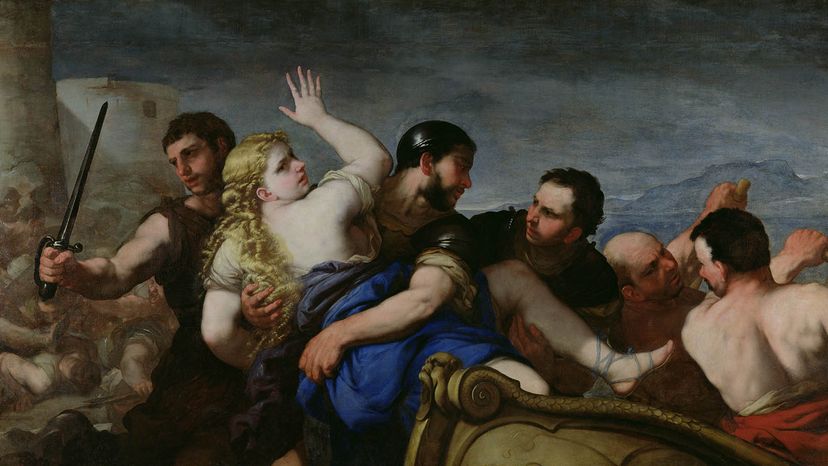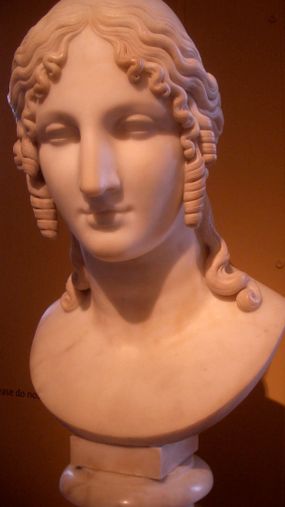
When a figure is known for having "the face that launched a thousand ships," they're bound to pique plenty of interest and curiosity. While many people may be familiar with this Christopher Marlowe line from "Doctor Faustus," they may not be as familiar with his inspiration: Helen of Troy. Otherwise known as Helene or Helen of Sparta, the mythological figure is a character in Homer's epic poem, "The Iliad," who is described as the most beautiful woman of Greece. She's also been blamed for inadvertently sparking the Trojan War (which some might say is unfair considering the fault really lies with the men fighting over her). But there's much more to Helen than many realize, and her story is one more piece of the fascinating, interconnected puzzle of Greek mythology.
Like many players in Greek mythology, Helen's family life is a little complicated. "The most important part of Helen's bio — aside from the fact that she was the immediate reason for the Trojan War being fought — is that she's the daughter of the chief god Zeus," says Richard P. Martin, Antony and Isabelle Raubitschek professor in classics at California's Stanford University, in an email interview. "Her mother was a mortal, Leda, who was married to Tyndareus of Sparta." According to Martin, Zeus — a master of disguise — took on the form of a swan to seduce Leda and she produced two eggs, resulting in four offspring: the girls Helen and Clytemnestra, and the boys Castor and Polydeuces (better known by their Latin names Castor and Pollux — the "Gemini" or twins). "Helen and her sister grew up to marry two brothers, Menelaus and Agamemnon, respectively," Martin says.
Advertisement
Helen's history as an important mythological figure runs deep. "Helen was worshipped as a goddess in Sparta in historical times," Martin says. "She was especially associated with springs of water and trees. Rituals carried out by girls nearing the age of marriage were dedicated to her."



